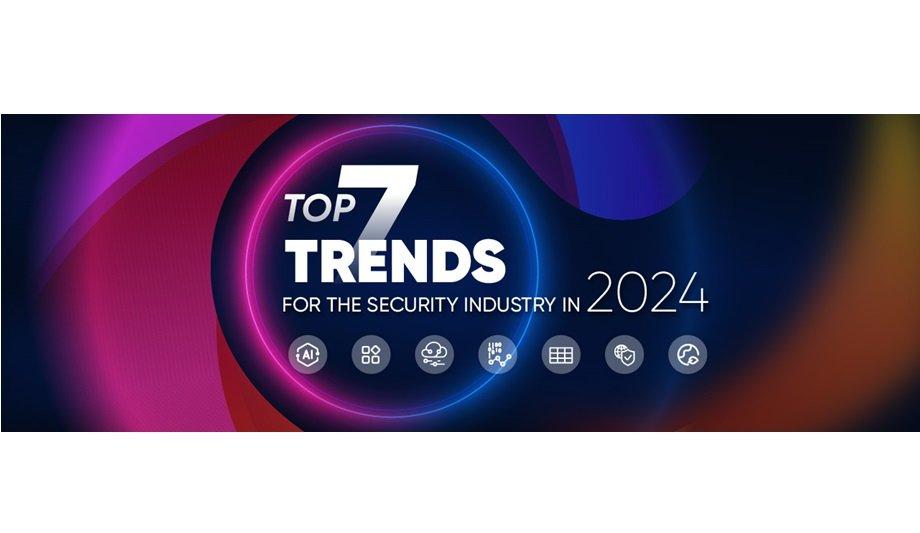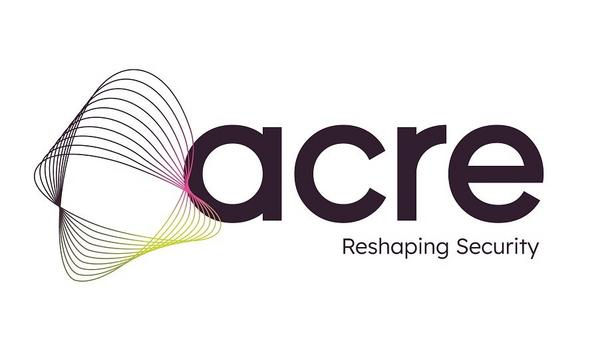The security industry in 2024 is an exciting landscape that Hikvision is actively navigating. As it embraces technological innovation and adapts to evolving societal needs, it is witnessing the convergence of advanced technologies like Artificial Intelligence (AI), the Internet of Things (IoT), and big data.
These innovations are paving the way for smarter, more proactive, and predictive security solutions that are not only robust but also meet the easy-to-use demands of users. In this article, Hikvision wants to share the top seven trends that it anticipates will have a significant impact on the security industry this year.
Top 7 security industry trends for 2024
- AI is accelerating the augmentation of perception in machines
AI-ISP technology revolutionizes video imaging and provides high-quality visuals through intelligent noise reduction
AI is accelerating the transformation of the security industry by enhancing machines’ perceptual capabilities. This is possible due to integration with visible light, audio, X-ray, infrared light, radar, and other technologies.
One example of this is Artificial Intelligence Image Signal Processing (AI-ISP) technology, which revolutionizes video imaging and provides high-quality visuals through intelligent noise reduction.
This enables clearer images with wide dynamic range and sharp detail even in low-light environments, reducing reliance on additional lighting and pioneering more efficient situational responses.
- AI-driven applications are set to revolutionize diverse industries
In 2023, advancements in large-scale AI models have improved the ability to interpret complex situations using diverse data. Hikvision believes this progress creates possibilities for more tailored AI solutions across various sectors including manufacturing, energy, healthcare, and education.
Based on open platforms and advanced algorithms, more streamlined architectures facilitate seamless AI adoption in a range of different verticals. This fosters collaboration and creates an innovative ecosystem for technological advancement.
- Cloud and edge computing convergence is accelerating
Cloud-based platforms also minimize hardware investments and offer scalable options for businesses
The convergence of cloud and edge computing is driving the emergence of faster and more efficient services. This leads to real-time, intelligent solutions, like smarter perimeter control and more convenient cloud-based security system management, empowering users with immediate analytics and better decision-making at the edge.
Cloud-based platforms also minimize hardware investments and offer scalable options for businesses of all sizes and budgets, reducing upfront and ongoing costs.
- Digital twin technology to reform business management
Digital twins are virtual models that simulate real-world scenarios in real-time. By integrating with AIoT, cloud computing, and other technologies, they provide users with dynamic insights on performance metrics like security, traffic, and energy usage.
This enables an immersive experience with synchronized visuals, improving process efficiency, enabling proactive maintenance, pioneering cost savings, and better business management.
- Display technology, particularly LED, is advancing rapidly
Interactive displays and digital signage are acting as catalysts for digital transformation
The rapid adoption of COB (Chip-on-Board) technology is driving demand for small-pitch LEDs. Innovative LED solutions are also emerging that balance lower energy consumption with high resolution, promoting carbon neutrality, and supporting broader applications.
Integrated video walls in command centers, for example, help users make smart decisions with intuitive views. Interactive displays and digital signage are acting as catalysts for digital transformation in education, business, and the hospitality sectors.
- Digital identity authentication security in cybersecurity
Digital identity authentication involves verifying and authorizing identities, which is a pivotal cybersecurity measure. Threat actors use techniques like phishing, malware, and social engineering to steal personal information and identities.
To safeguard digital identities, users and organizations should employ strong passwords, use multi-factor authentication, avoid public networks, update software promptly, and guard against social engineering attacks.
- Environmental sustainability and climate change resilience
Industry stakeholders are increasingly adopting green practices to reduce carbon emissions and resource usage. This includes efficient product transportation, sustainable packaging, and standardized component utilization.
Hikvision also expects to see innovative technologies being used to increase climate change resilience. By integrating environmental sensors into security systems, for instance, Hikvision can better respond to natural disasters like floods, wildfires, landslides, and avalanches.
Learn why leading casinos are upgrading to smarter, faster, and more compliant systems

























